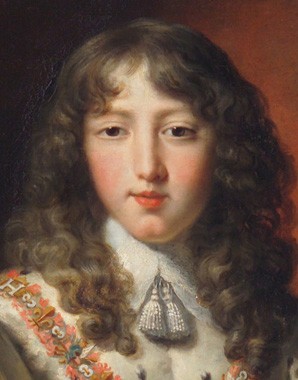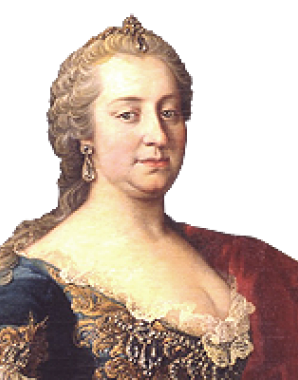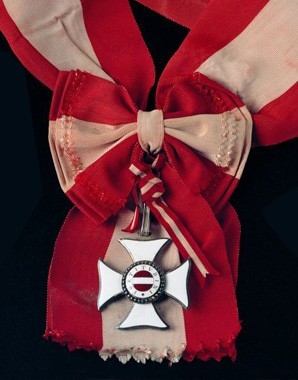Franz Stephan: a Lotharingian in Vienna
The dukes of Lorraine were an ancient but not particularly powerful dynasty. With their dominions constantly under threat from the expansionist ambitions of France, they found a natural ally in the Habsburgs, France’s rival for hegemony in Europe.
From the sixteenth century onwards the French kings made repeated territorial claims on Lorraine which eventually ended in the occupation of the duchy by French troops. Since Lorraine belonged to the Holy Roman Empire the growing influence of France on this territory on the left bank of the Rhine was opposed by the Habsburgs as sovereigns of this empire. Lorraine thus became a pawn in the power play between the two Great Powers.
For several generations the dukes of Lorraine had attempted to manoeuvre between the two power blocs by means of alliances and marriages. Franz Stephan was the son of Duke Leopold of Lorraine (1679–1729) and Princess Elisabeth Charlotte of Bourbon-Orléans (1676–1744). His mother was a member of the French royal dynasty. She was the only daughter of Duke Philip I of Orléans, the younger brother of Louis XIV, and his second wife, Princess Elisabeth Charlotte – the sharp-tongued ‘Liselotte of the Palatinate’, whose trenchant commentary on court life at Versailles is still worth reading today, was thus Franz Stephan’s grandmother.
At the age of fifteen Franz Stephan was sent to the court in Vienna, where he was warmly received. Following the death of his elder brother and father he assumed the regency in Lorraine in 1729. By 1732 he was back in Vienna, fleeing the threat from France. The reason why France was exerting pressure upon the small duchy of Lorraine was its fear of encirclement: to its north lay the Austrian Netherlands, and to the east Lorraine, already an ally of Austria and now about to join the Austrian sphere of influence through Franz Stephan’s marriage to Maria Theresa, heiress to the Austrian Lands, in 1736. In a pre-emptive act, French troops occupied Lorraine in 1733. The territory was given to the deposed Polish king Stanislaus Leszczinski, a Bourbon supporter, whose daughter Maria became the wife of Louis XV.
The ties between the dynasties of Habsburg and Lorraine were strengthened by another marriage. In 1744 Franz Stephan’s younger brother Charles of Lorraine (1712–1780) married Maria Anna (1718–1744), Maria Theresa’s younger sister. However, the bride died of a miscarriage within a year of the wedding.
Duke Charles became the Stattholder or governor of the Austrian Netherlands, a post which came with a princely income. As a high-ranking military officer (Charles was a field marshal and Grand Master of the Teutonic Knights) and above all as a consequence of his close ties to the imperial dynasty, he was one of the first bearers of the Order of Maria Theresa. He is commemorated by his country estate, which lies just outside the park at Schönbrunn. Standing on Penzinger Strasse in Vienna’s fourteenth municipal district, the complex is today famous as the seat of the Reinhardtseminar drama school.















